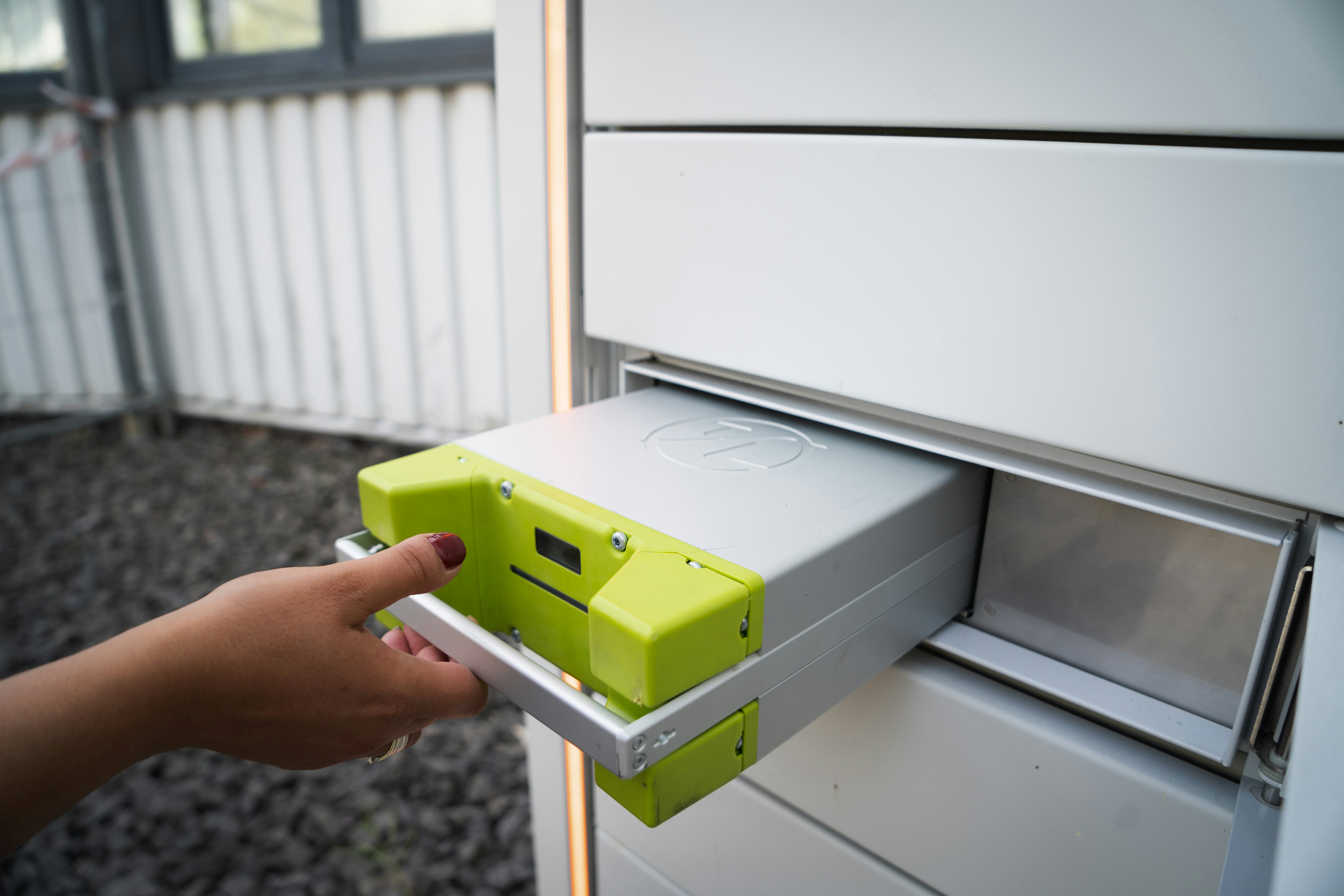How do you calculate charging rate?
What do you think is the most difficult question for a new business owner? If you said figuring out how to price your products or services, you’re not alone. Establishing a fair charging rate is one of the first hurdles you’ll face. It’s a balancing act that requires you to consider costs, competition, and the value your offerings provide to customers. Are you ready to tackle this challenge?
Understanding Charging Rates
Every successful business starts with a solid understanding of its charging rate. Think of this rate as the heartbeat of your business—it influences profits, growth, and sustainability. Setting a charging rate isn’t merely about putting a price tag on what you sell; it’s about communicating the value of your products or services to your customers.
The Importance of Pricing
Have you ever wondered how certain businesses always seem to have customers lined up? They likely know how to price their goods effectively. Pricing gets to the very core of what your business represents. If set correctly, it can attract customers and build loyalty; if priced incorrectly, customers may perceive your offerings as less valuable or simply walk away.
Understanding how to calculate your charging rate can help you develop a pricing strategy that reflects your true worth without scaring potential customers away. This understanding can positively affect your business’s bottom line.
Identify Your Costs
The first step in calculating your charging rate is to have a clear picture of your costs. Costs can be categorized into two kinds: fixed costs and variable costs.
Fixed Costs
Fixed costs are expenses that remain constant regardless of how much you produce or sell. This includes rent, salaries, insurance, and equipment costs. Take some time to make a list of your fixed costs; knowing these helps you set a baseline for pricing.
Example of Fixed Costs:
| Expense | Monthly Amount |
|---|---|
| Rent | $1,000 |
| Salaries | $2,500 |
| Insurance | $300 |
| Equipment Lease | $150 |
| Total Fixed Costs | $3,950 |
Variable Costs
Variable costs, on the other hand, change based on the volume of production or sales. This can include materials, shipping, and labor that directly correlates with the number of units you produce or sell. Keeping track of these costs is crucial for calculating your profitability.
Example of Variable Costs:
| Expense | Cost per Unit | Total for 100 Units |
|---|---|---|
| Materials | $10 | $1,000 |
| Labor | $5 | $500 |
| Shipping | $2 | $200 |
| Total Variable Costs | $17 | $1,700 |
This image is property of images.unsplash.com.
Calculate Your Break-even Point
Once you have clarity on your fixed and variable costs, the next step is to calculate your break-even point. This is the level of sales at which your revenue equals your costs, meaning you’re not making a profit but you’re also not losing money.
Break-even Formula
The formula to calculate the break-even point in units is:
[Break-even Point (Units)} = \frac{\{Total Fixed Costs}}{\{Price per Unit} – {Variable Cost per Unit}} ]
If you project your charges accurately, you will find the point where your products start turning a profit.
Example Calculation
For instance, let’s say you’re selling a product at $50, and your variable costs total $17 per unit, while your total fixed costs are $3,950.
[ {Break-even Point} = {3950}{50 – 17} = {3950}{33} approx 120 { units} ]
This means you need to sell about 120 units to cover your costs.
Analyze the Market
Even though your costs are critical, competitive pricing plays a significant role in determining your charging rate. It would help if you understood what others are charging for similar products or services.
Conduct a Market Analysis
Begin by researching competitors in your niche. Visit their websites, check their online reviews, and see what customers are saying. Pay attention to:
- Pricing: What are they charging for similar products or services?
- Value Proposition: What unique benefits do they offer?
- Customer Perception: How do customers perceive their pricing? Is it seen as fair, high-end, or budget-friendly?
Create a Competitive Matrix
To make this analysis simple, you can create a competitive matrix. This tool helps you visually compare your offering with others in the market.
Example of Competitive Matrix:
| Competitor | Price | Unique Selling Proposition |
|---|---|---|
| Competitor A | $45 | Fast shipping |
| Competitor B | $55 | Premium Materials |
| You | $50 | Customizable options |
With this analysis, you can identify areas to differentiate yourself. If your price is higher, ensure that you can justify it with added value or unique features. If it’s lower, check that you won’t sacrifice quality or cover costs.
This image is property of images.unsplash.com.
Determining Your Value Proposition
Your value proposition states what sets you apart from your competition. Are you offering a unique product, exceptional customer service, or a more personalized experience?
Create Your Unique Selling Proposition
Take some time to articulate what makes your business special. Understanding your value proposition will allow you to price your products or services effectively. Customers are often willing to pay more if they perceive added value.
Questions to Consider:
- What specific benefits do your products or services offer to the customer?
- How does your business solve a problem for the customer?
- What makes your offerings different from your competitors?
Consider Customer Perceived Value
As you plot your course for pricing, consider how much your customers value what you offer. Customer perceived value reflects how much they think your products or services are worth, and it can significantly influence how much they’re willing to pay.
Understand Your Audience
Get to know your target audience. What are their needs? What do they want to accomplish? Gathering this data can inform your pricing strategy. You can do this through surveys, interviews, or by studying market trends.
Communicate Value Clearly
Make sure your marketing materials effectively communicate the value of your offerings. If customers see a benefit they can’t resist, they may be willing to pay more than the competition.
This image is property of images.unsplash.com.
Developing Your Pricing Strategy
With all your research in hand, it’s time to devise a concrete pricing strategy. Don’t see this step as final; instead, envision it as a guiding framework.
Different Pricing Models
Booming businesses often use various pricing models. Here are just a few to consider:
- Cost-Plus Pricing: Adding a fixed percentage to the cost of the product to determine your charging rate.
- Value-Based Pricing: Setting the price based on how much customers believe your product is worth.
- Competitive Pricing: Setting your price based on competitors to remain competitive while still focusing on your quality.
- Dynamic Pricing: Adjusting prices based on current market demands, like during peak seasons or special events.
Trial and Error
It’s perfectly normal to test out different prices to find the sweet spot. Monitor your sales and gauge customer reactions as you iterate your pricing strategy. Flexibility is vital in today’s ever-changing market.
Monitor and Adjust
Once you have set your charging rate, how often should you reassess it? The simple answer is to do it regularly. Market conditions, costs, and customer preferences can shift, so staying alert to these changes is critical.
Metrics to Track
Keep an eye on key performance indicators (KPIs) such as:
- Sales volume
- Customer feedback
- Profit margins
- Customer acquisition cost
Analyzing these metrics will help you decide when and how to adjust your pricing while ensuring your business remains sustainable.

Communicating Changes to Customers
If you decide to change your pricing, communication is key. Be transparent with your customers about why prices are changing. You can choose to notify them through newsletters, social media posts, and on your website.
Handling Customer Reactions
Some customers might not take price changes positively. It’s crucial to address their concerns with empathy and clarity. Ensure that they understand the reasons behind your new pricing structure and how they will still receive value from your products or services.
Conclusion: Finding Balance
Finding the right charging rate is less about putting a number on a product and more about balancing costs, value, and customer perception. It’s an ongoing process, just like nurturing relationships. It requires patience, understanding, and a willingness to learn.
Embrace the challenges associated with pricing—each hurdle is an opportunity to better communicate your value and connect with your customers. As long as you keep your customers’ needs at the forefront of your pricing strategy, you’ll be well on your way to establishing a successful business. Remember that the right price also reflects the value you genuinely provide, and when that aligns with what customers are willing to pay, you’ve truly struck gold.



